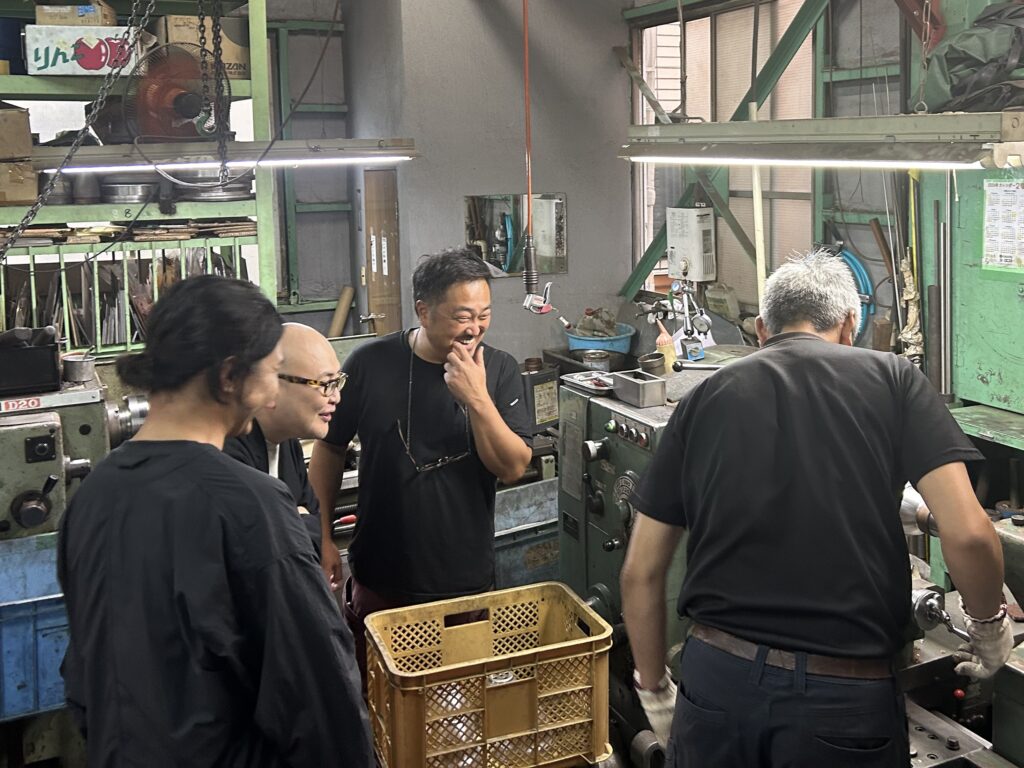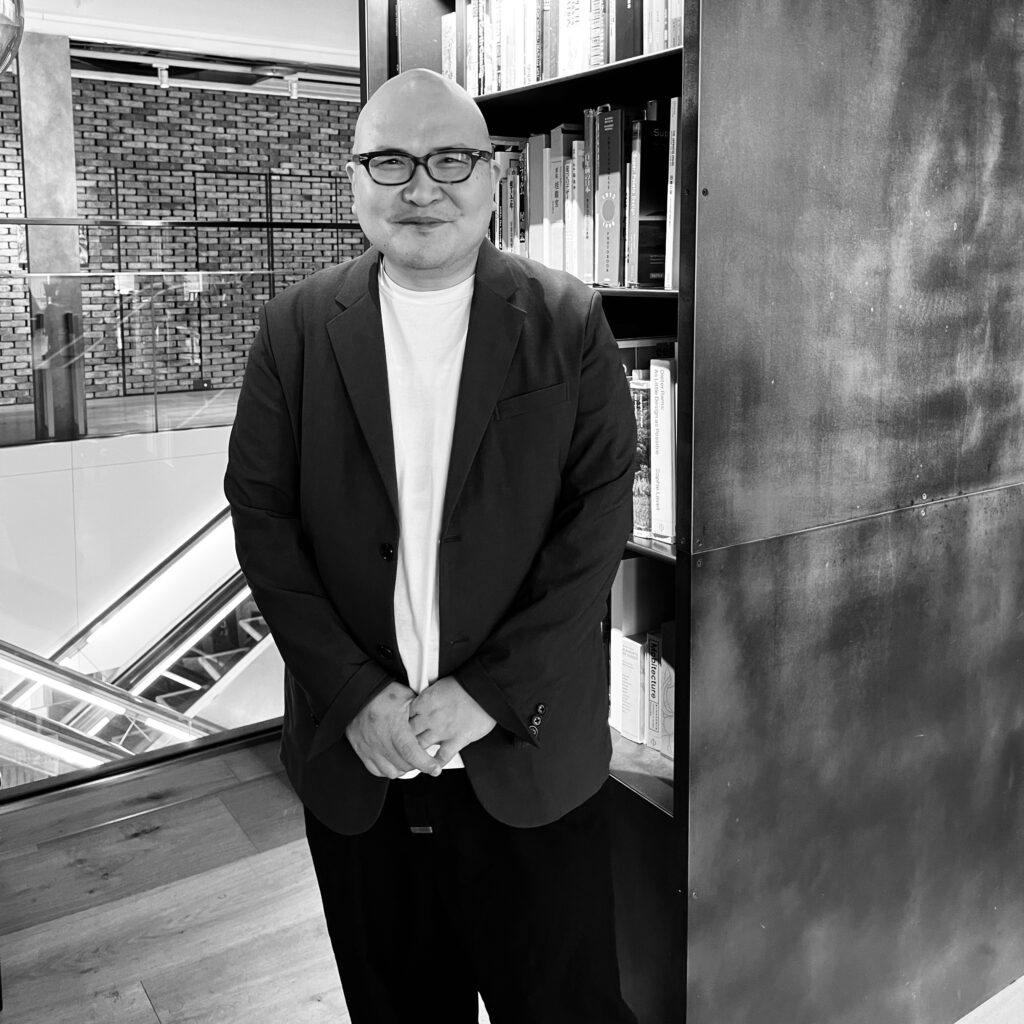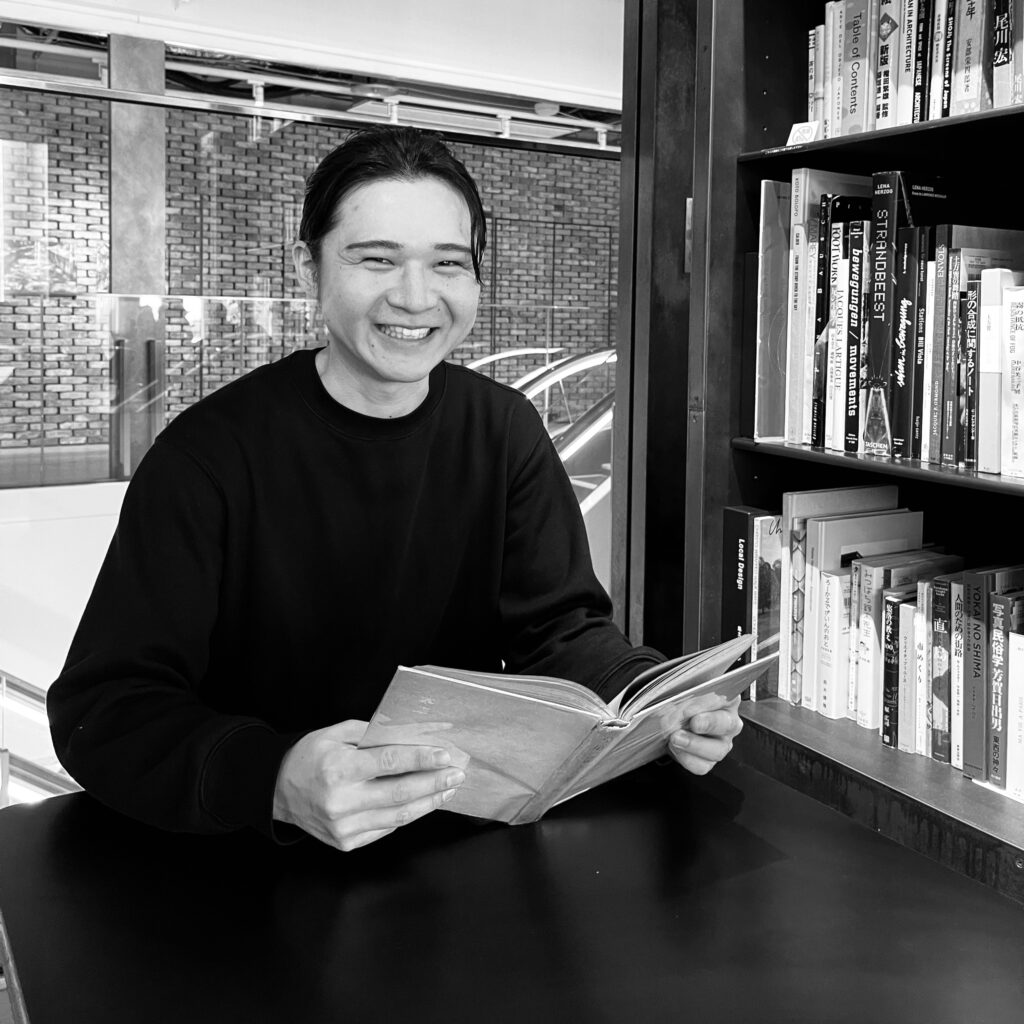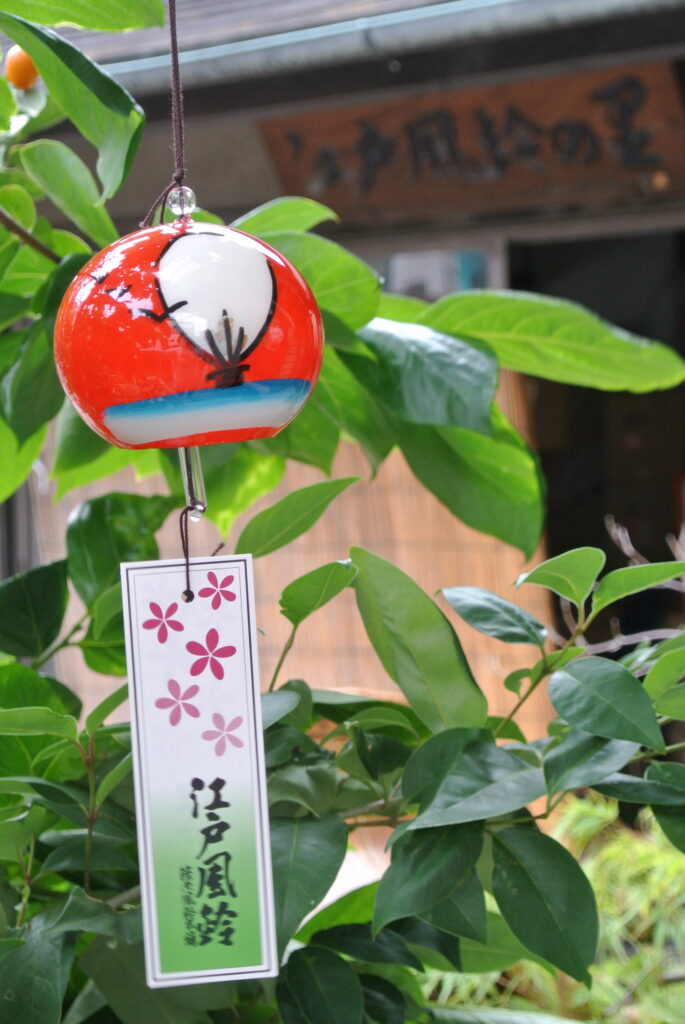Collaborations

2024.12.25
Teaming Up with Top Creatives to Innovate Craftsmanship! (Part 1)

A new collaborative project is now underway, pairing Edogawa Collection’s partners with cutting-edge creators. Every one of our partner companies draws on their craft and skill to come up with Edogawa Collection originals—giving their all in the pursuit of creating new value!
The project is guided by none other than popular retail brand MUJI’s Yanagi Shunsuke, deputy store manager and regional collaboration and marketing lead at MUJI Ginza, the brand’s global flagship, and host of the regular in-store talk series Yanagi Bar.

Yanagi Shunsuke

Nakagawa Takumu, a member of Yanagi’s team at MUJI Ginza
“Craftspeople are disappearing throughout Tokyo, but I’ve heard Edogawa City has long been known as a ‘city of craftsmanship,’” says Yanagi. “Even today, a wide range of makers are active here—from veteran artisans still working at the top of their craft, to younger producers who are inheriting the family business and breathing new life into tradition. I’m so excited to be visiting these workplaces and taking part in creating something new with them.”
This time, three businesses took part in the project: Takahashi Shibori Kogyo, Shinohara Furin, and Nawachu.
Wasting no time, Yanagi set out to visit each of the three with Nakagawa Takumu, a teammate who works closely alongside him. Although both have lived in the greater Tokyo area for many years, they admitted it was one of their first real opportunities to explore Edogawa until now.
Their first stop was Takahashi Shibori Kogyo, a specialist in the technique of metal spinning. After a warm welcome from President Takahashi, Yanagi and Nakagawa were swiftly taken off for a tour of the factory. As they watched the craftspeople at work, performing intricate spinning techniques before their eyes, and took in the stacks of finely shaped metal components piled high all around, it was clear the experience struck a chord with both visitors.

President Takahashi (third from left) explains the metal spinning process. Yanagi and Nakagawa ask questions as they listen attentively.


An artisan performing a demanding spinning technique.
After the factory tour, they launched straight into a creative discussion. Perhaps encouraged by the team’s enthusiasm, President Takahashi responded in kind: “As we’re doing this together, let’s create something truly exceptional.”
With ideas flying and energy high, it’s exciting to imagine just what kind of product will take shape from these lively exchanges!

At the planning meeting. President Takahashi’s original brand TASHIKA is brimming with his creative ideas.
Next, the team visited Shinohara Furin, makers of Edo furin wind chimes, a craft that has been carried out here in Edogawa City for over three centuries. In recent years, the workshop has become a popular destination for international travelers, with many coming not just to buy wind chimes, but to try making their own.

Shinohara Furin workshop’s charming, timeworn exterior.
Edo wind chimes have long brought the cool sounds of summer into Japanese homes. Welcoming the team was company representative Shinohara Emi, who shared an insight into the origin of wind chimes: “Wind chimes actually originated in China, where they were used as talismans to ward off evil. So, in the past, they didn’t have the clear glass look most people imagine today—instead, they were often a vivid vermilion.”

The workshop displays wind chimes from different eras, each with unique shapes, sizes, and colors. Many celebrities are said to have visited to try their hand at making one, too.

Vermilion wind chimes were once believed to ward off evil and misfortune.
Yanagi wondered aloud whether there might be a way to create a product that not only celebrates the wind chime as a symbol of summer, but also brings its deeper history to light. As he learned from Shinohara about the origins and techniques of wind chime-making, he continued to explore ideas: “There’s something powerful in the colors of the original wind chimes—they really speak to their roots and story. I’d love to create a chime that draws on those origins, but also evokes something of Ginza, where I work.”

“I’d really like to put some thought into the packaging too,” said Yanagi.

The team observes the chubuki glass-blowing technique, a hallmark of Edo wind chime-making.
Their final meeting was with Nawachu, a business specializing in the production of shimenawa (sacred straw rope decorations). Since the end of the year is their busiest time for production, the team met with representative Kubishiro Mitsunobu at a café near Koiwa Station. (Hence no photos of the meeting this time—sorry!)
Yanagi and Nakagawa listened as Kubishiro spoke about the history of shimenawa, their cultural role today, and the challenges of passing on the craft to future generations. Having sold shimenawa in the Ginza store, the pair understood firsthand how difficult it can be to connect younger people with these traditions. That’s why they’re now looking into approaches that might better reflect younger users’ tastes and interests. So, what exciting ideas might come of all this?
Keep an eye out for the next installment, coming mid-January!
